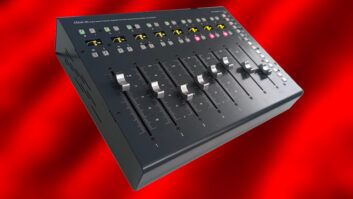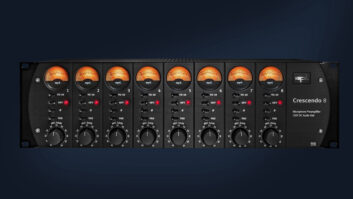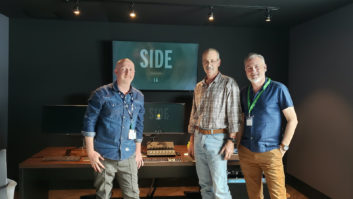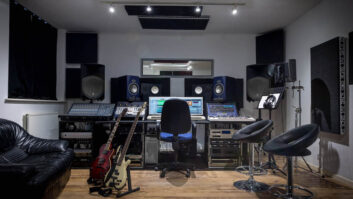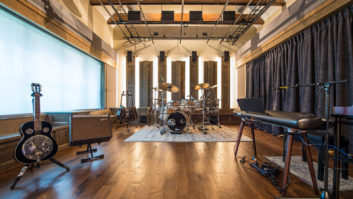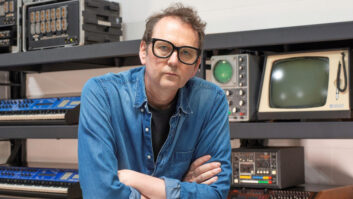It’s that time of year again to get creative, see what we can find in the plethora of professional audio equipment and put together a wish list for our analog-based studio.
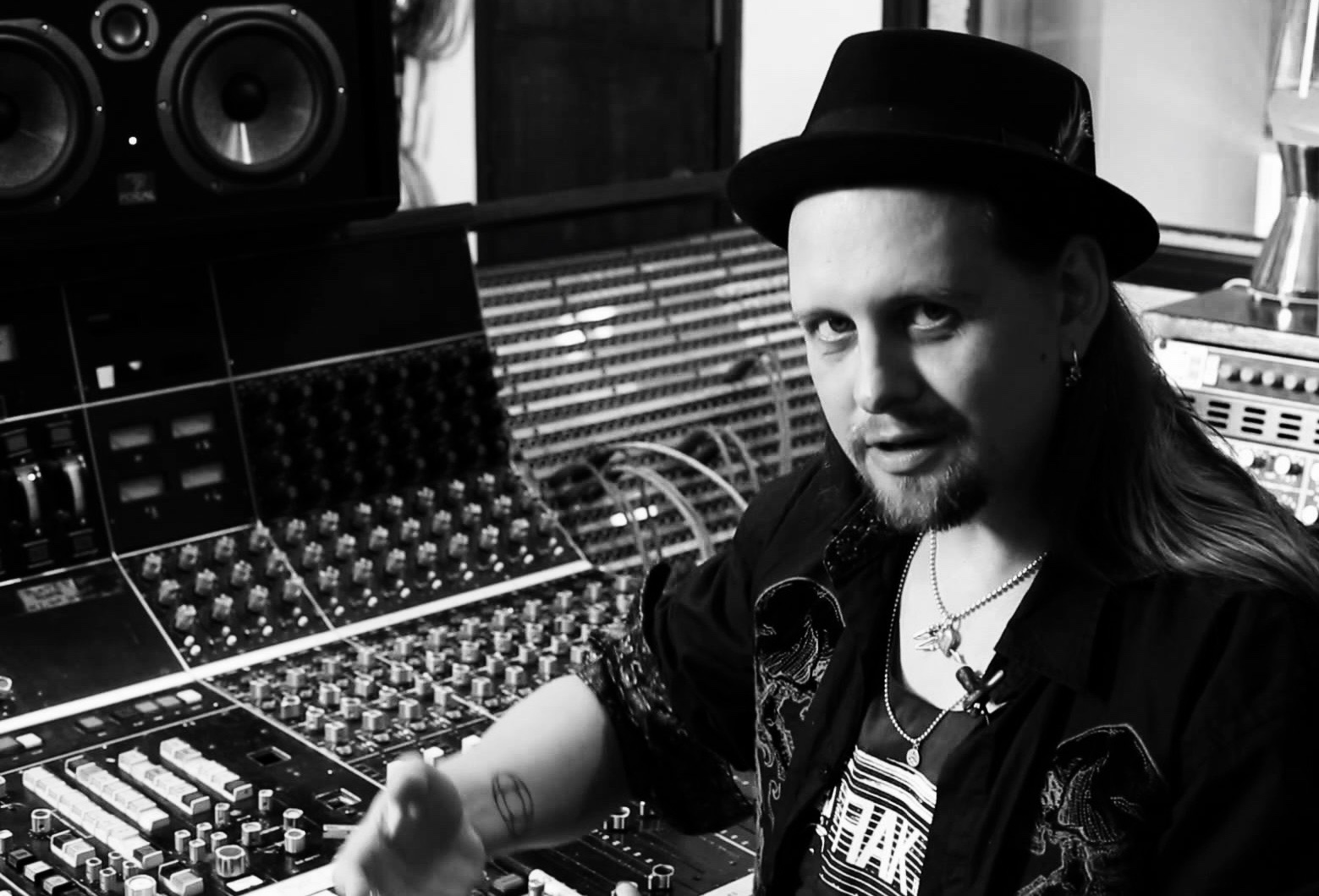
I always try to change it up a little so that you can compare previous installments and use these as a purchase guide to equip your own setups.
I’ve taken two approaches to the list this time. One focuses on upgrading a studio that is already up and running. Let’s call that the dream list. Therefore, I’m looking into upgrading the console, adding to the microphone and processing collection, and bringing in new nearfield monitors. The second is more in keeping with previous Build Your Own Studio articles, where I look more to put together a full setup from scratch…okay, let’s assume that I do have a computer, and I do have a DAW to start.
The Hub
The heart and soul of every studio has to be the console. This is where you will shape your sound and where you will spend most of your studio time.
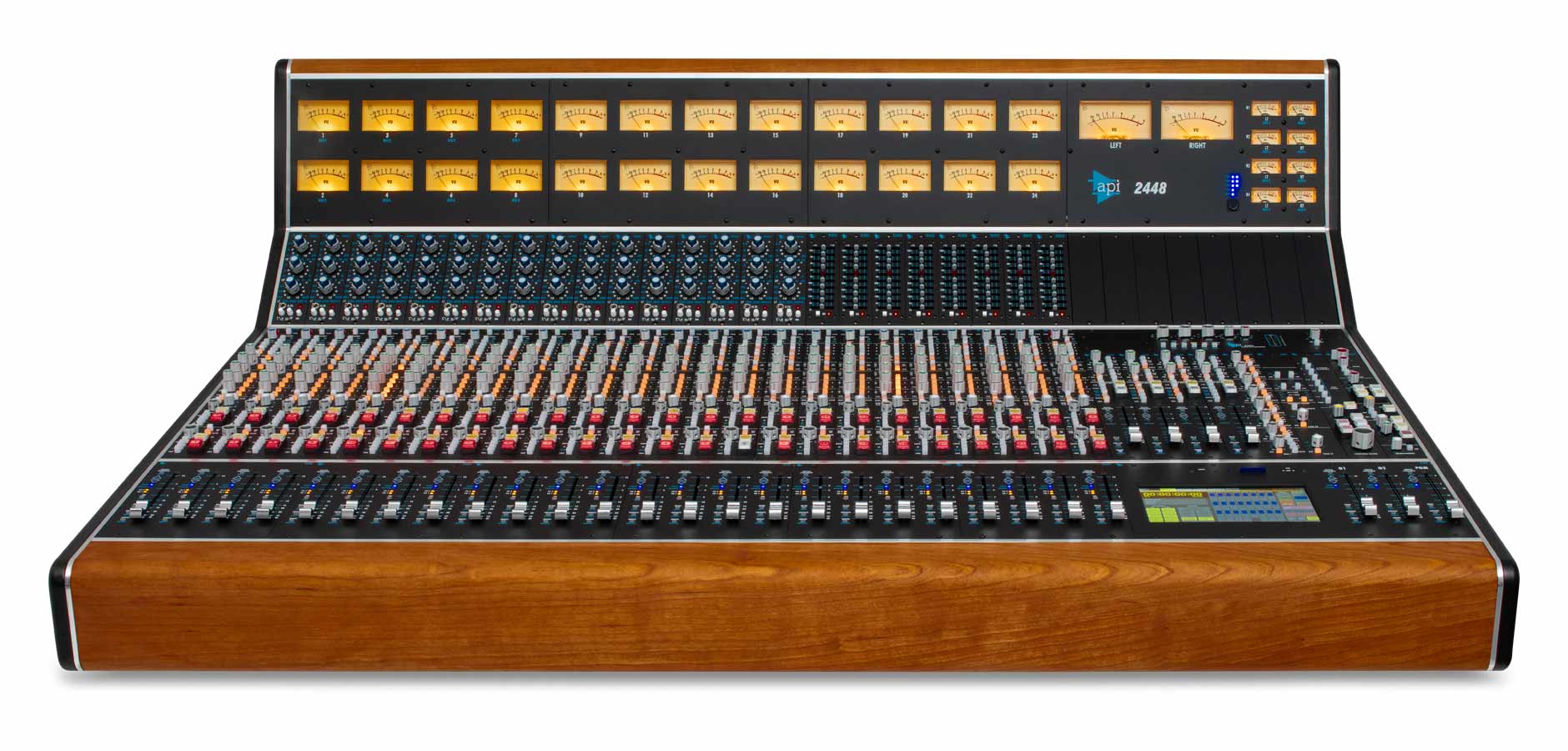
I simply can’t hide my love for API gear. And that is the reason for the dream list being built around the new API 2448. I’ve selected the fully loaded one; that way you’re ahead of the game with EQ on each channel. The console also provides you with eight 500 Series slots, four of which we will load up with some useful tools and keep four free for future expansion.
To me, upgrading to an API console makes perfect sense sonically. The company’s consoles provide punch, definition in the low end and tons of headroom. However, they do not come cheap! So, if we’re starting from scratch and need some extra microphones, headphone systems and interfaces, the console price will need to come down dramatically.
The Audient ASP8024-36 not only gives us more budget to play with, it also delivers more channels. The Audient is clean and transparent, provides a very flexible EQ on each channel, comes with a variety of mix bus characters and it’ll also control your DAW with its dual-layer design.
Related: Build Your Own Studio: The $100,000 Studio, by Wes Maebe, Feb. 16, 2017
Capturing the Source
Good microphones are essential in any recording environment. If you don’t get it right at source, you may as well not bother. As with anything in audio and music, the choices can be quite overwhelming. The marketing blurb will tell you that you have to own this particular piece of kit and that it will do everything. Well, let’s start by killing that myth. There is no one particular thing that does everything right, and by the same token, there are no hard-and-fast rules on what to use on something. The only rule is that if it sounds good, it is good.
I’ve put together a selection of microphones that won’t break the bank and that also contains a few classics. There is some overlap between our two scenarios, but keep in mind that the dream list is there to supplement an existing collection.
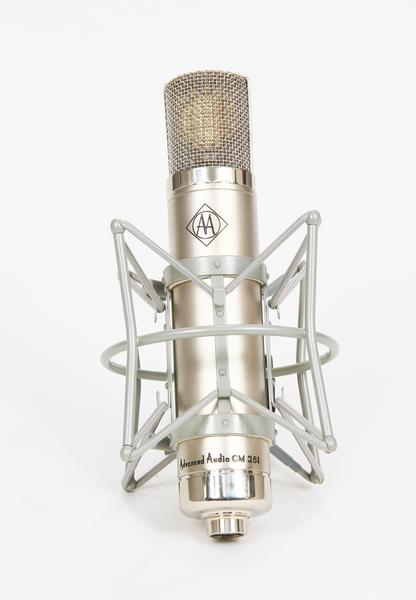
It’s always nice to have a matched stereo pair of small-diaphragm condensers at hand for strings, stereo acoustic guitars, piano and percussion, for example. I’ve gone for Advanced Audio’s CM1084 (only one on the dream list), which are nice and crisp and versatile with their Bright/Vintage switch and the 10 dB pad. I’m completing the Advanced Audio family with a couple of large-diaphragm, multipattern tube mics that can be put to work on vocals, piano, guitars, room mic—I’ve even used them together in a Decca Tree configuration for orchestras and string sections. These will be the CM67se, CM251 and a pair of CM49s.
Of course, if we’re building from scratch, we must have some ribbons in there. Alongside a matched pair of classic Coles 4038s, there’s a matched pair of Royer R-121s, and lately I’ve been having a lot of fun with the sE Electronics VR2, so we’re adding one of those, as well.
You’ll need a few workhorses in the tool chest. A pair of Shure SM57s, Shure Beta 91A, EV RE-20 and an AKG C451B will handle drums, hi-hats, guitar cabs and more. I’ve recently found myself liking Sennheiser MD441Us on toms, so I’ve added two of those to the dream list and an extra one for the full equipment spec since it can double up as a kick-ass snare mic.
Last but not least, you will need a lovely direct injection box. I’ve specified the Rupert Neve Designs RNDI-S, which will give you two channels’ worth in case you need to DI a stereo keyboard or a DJ.
Rack It All Up
In both our lists, we have pretty powerful consoles, however, there are some extra toys I’d like to add to give the engineer more flexibility and a few options in sonic flavor.
Let’s start with our four 500 Series modules to slot into the API 2448 penthouse. We’ll also add these to the Audient setup and supplement them with a couple more items.
Because the API 2448 comes loaded with 16x 550A and 8x 560 EQs, I’d only add two more EQs, simply because they can provide a more surgical approach if needed. The Cranesong Insigna and Maag Audio EQ4 are my main choices because of their “Air” bands and the added tube character on the Cranesong.
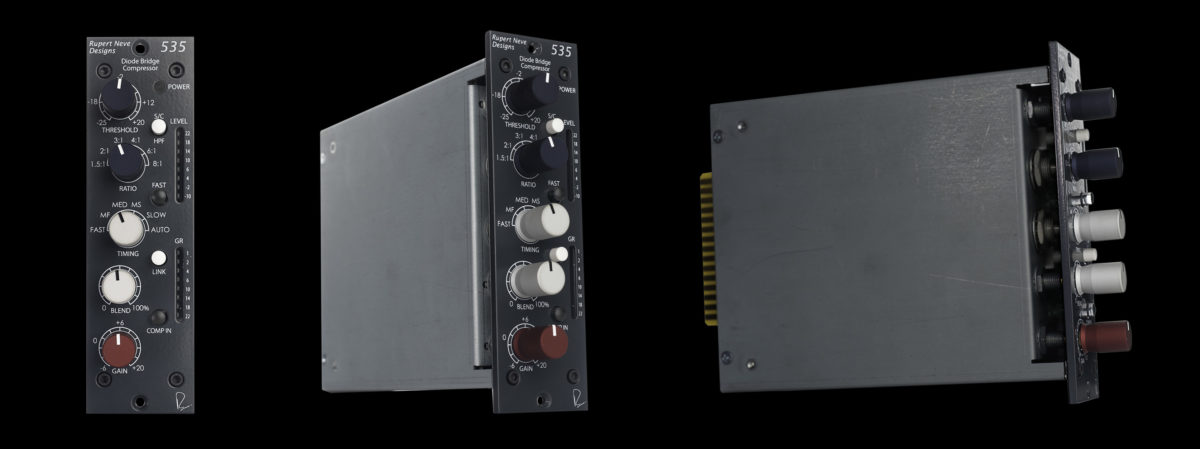
The Rupert Neve Designs 535 diode bridge compressor will complement both the API’s 529C and the Audient’s onboard bus compressors. We have to have one more audio trick up our sleeve, and that’s Jonathan Little’s Little Labs VOG for adding depth to instruments and extra oomph to kicks, snares and toms.
As our dream list console has those extra 500 Series slots, we’re all set there. However, for the full install we’ll require a 500 Series lunchbox to house the modules described above and a couple more. The 10-slot Wes Audio Titan 500 Series Rack Frame gives us a little extra room to add some API color to our Audient setup with a pair of 550b 4-band EQs, an API 527 compressor, Roll Music’s RMS-MC5 Valvop (a smooth, LA2A-like compressor) and Meris’s extremely versatile Mercury 7 reverb.
The Audient clearly has plenty of mic preamps, but it’s always useful to have variety. That’s why I’m going to incorporate a Manley Core Channel Strip, which will provide an extra mic pre, EQ, compressor and limiter. The Bricasti M7 Reverb Signal Processor and Surfybear full-length spring reverb go hand in hand with the Meris to offer more spatial options.
These days engineers are presented with a lot of options when it comes to mixing. It’s not uncommon to receive various guitar tracks and a clean DI in order to be able to re-amp. The Radial JX44 4-channel active re-amper allows the engineer to play with a choice of amps and pedals. And just to have that extra rock bite at hand, I’ve included Solo Dallas’s SD Storm 2019 pedal.
The Digital and Human Interfaces
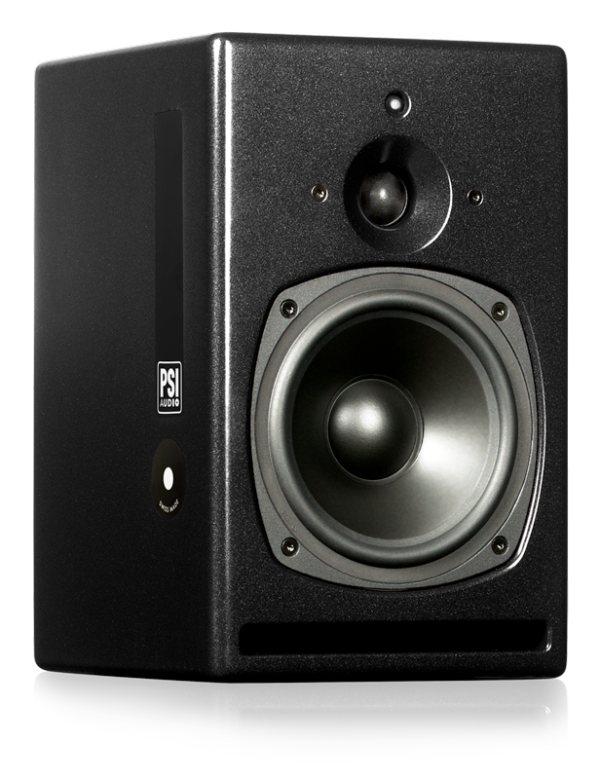
It is imperative that we can hear clearly what’s going on in the control and live rooms as engineers and musicians. Nearfield duties will be taken on by two fully analog, hand-built in Switzerland, PSI Audio A17Ms. The full studio build adds a pair of Genelec 8351 SAM three-way coaxial monitors. This will allow for additional speakers to be added to either console, be it a set of Auratones, NS-10s or something similar.
Headphone mixes in the live room are equally as important. When musicians can hear themselves properly, they’ll deliver a better performance. Six pairs of Beyer Dynamic DT770 Pros and six Mytek Digital Private Q2 stations will be fed by a Mytek Digital Private Distribution rack, giving each musician personal control over what they hear.
That leaves us with the missing link between the analog and the digital world. Universal Audio’s brand new Apollo X16 will tie it all together. Well, we’ll need three of them so we can use our consoles fully.
Want more stories like this? Subscribe to our newsletter and get it delivered right to your inbox.
Check, Please!
Let’s tally up all these wonderful pieces of equipment and see what the damage is.
Our Dream studio upgrade list had a large dent put into it by the console itself. With the microphones, 500 Series modules and nearfield monitors, the total comes to $99,958. The $42 remaining will buy a few pints to celebrate.
The full Audient install rolls in at $99,519.23. This gives us a little extra, which I am going to spend on a monthly subscription to SaloonBox. They deliver cocktail ingredients and recipes, and that will be a little luxury service at the studio to share with clients at the end of a successful session.
Now let’s go and make some wonderful music!
